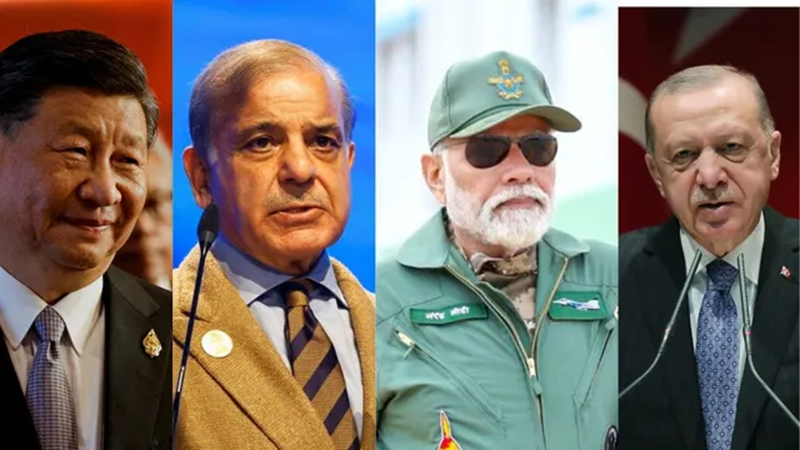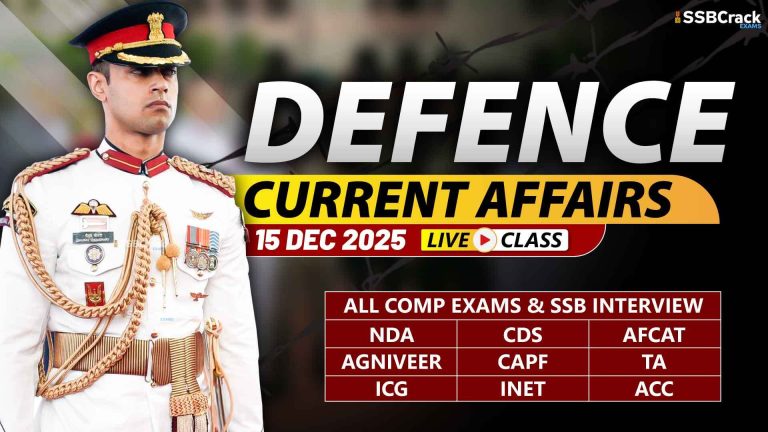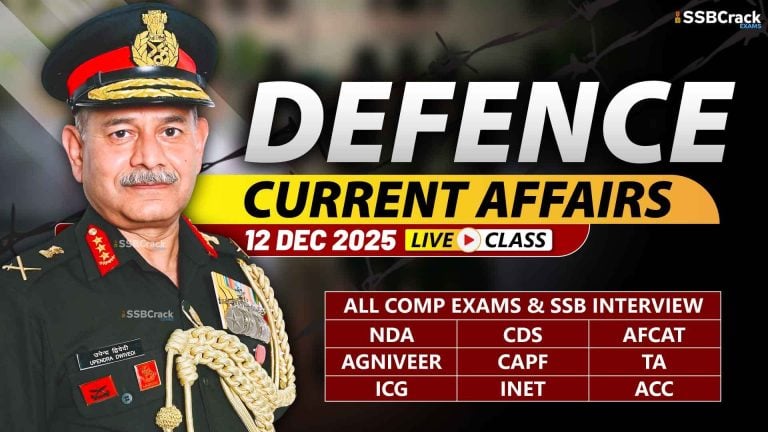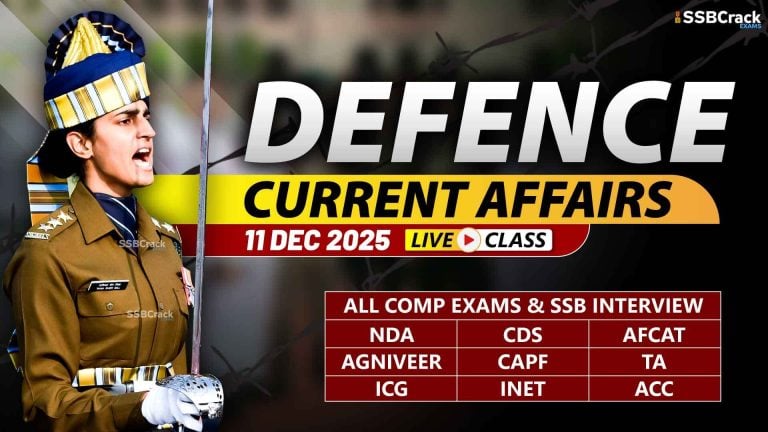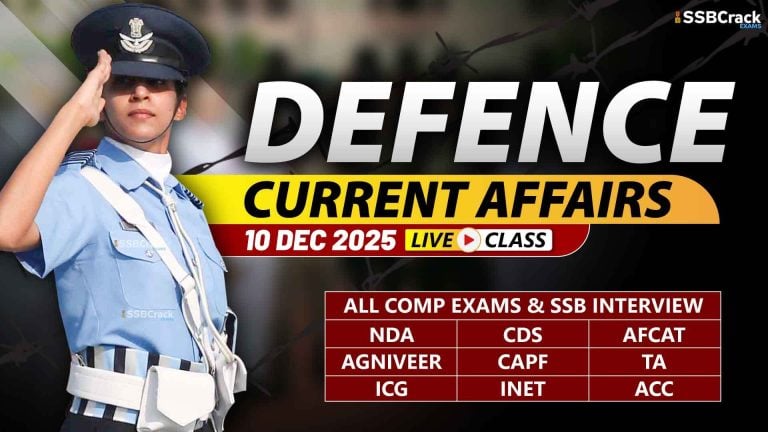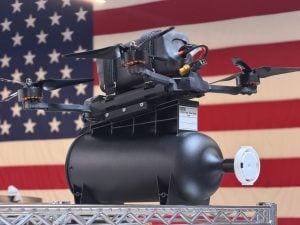In a significant and revealing statement, Lt General Rahul R Singh, Deputy Chief of Army Staff (Capability Development and Sustenance), has accused China of complicity in the recent Pakistani military strikes against India during Operation Sindoor. These remarks, made at the FICCI event on ‘New Age Military Technologies’, shed light on the evolving nature of hybrid warfare India faces on its northern borders.
China’s Involvement in Pakistani Strikes Against India: Lt Gen Rahul Singh
China’s “Live Inputs” to Pakistan During Talks
Lt Gen Singh stated that China provided “live inputs” to Pakistan about India’s operational deployments even as diplomatic discussions were ongoing between the Directors General of Military Operations (DGMOs) of India and Pakistan. He termed this an active collaboration where China assisted Pakistan in real time, undermining peace talks and contributing to the escalation of hostilities.
China, Pakistan and Turkey: Adversaries on a Single Front
Identifying Pakistan, China, and Turkey as the “three adversaries” India faces on its northern front, Lt Gen Singh pointed out a disturbing trend of collusive support among them. He described how China is treating the northern border as a “live laboratory” to test weapons supplied to Pakistan and is employing its ancient “36 stratagems,” one of which involves “killing with a borrowed knife”—a reference to Beijing using Islamabad to provoke India.
He further highlighted that 81% of Pakistan’s military hardware in the last five years has been of Chinese origin—clear evidence of deep defence cooperation between the two nations.
Turkish Support to Pakistan: Drones and Personnel
Adding to the threat matrix, Lt Gen Singh revealed that Turkey is also playing an active role, supplying Bayraktar UCAVs (unmanned combat aerial vehicles), other drones, and trained individuals to Pakistan. This trilateral axis of cooperation presents India with a challenging strategic environment.
Importance of C4ISR and Civil-Military Fusion
Lt Gen Singh emphasized the urgent need for India to enhance its C4ISR (Command, Control, Communications, Computers, Intelligence, Surveillance, and Reconnaissance) capabilities. He noted that Pakistan had specific knowledge about Indian military vectors during negotiations, indicating real-time intelligence sharing by China. He called for accelerated progress in civil-military fusion to ensure information dominance in future conflicts.
Operation Sindoor: A Strategic and Technological Showcase
Discussing Operation Sindoor, Lt Gen Singh credited India’s political leadership for unambiguous strategic messaging: any breach of red lines would result in punitive action. He highlighted how India used a tri-services approach—with the Army, Navy, and Air Force collaborating—to deliver a decisive blow.
Out of 21 identified targets, nine were selected for engagement based on extensive intelligence and data collection. Importantly, the Indian military stopped operations at the right moment after achieving political and military objectives, avoiding further escalation while delivering a strong message to adversaries.
Escalation and Ceasefire
Following India’s precision strikes on terrorist infrastructure, Pakistan retaliated by targeting Indian military positions. In response, India escalated further and engaged Pakistani military targets. This resulted in Pakistan requesting a ceasefire on May 10, fearing further strikes that could lead to devastating consequences.
Lessons and the Way Ahead
Lt Gen Singh said Operation Sindoor has highlighted the convergence of kinetic and non-kinetic warfare, especially in drone and counter-drone operations. He acknowledged that while indigenous systems performed well, some deficiencies remain, describing it as a “cat-and-mouse game” requiring continuous improvement.
Unlike Israel, which has deployed systems like the Iron Dome, India faces unique challenges due to its vast geography and budgetary constraints. Nonetheless, there is a pressing need to scale up air defence and counter-artillery systems to safeguard population centres.
Conclusion
Lt Gen Rahul Singh’s candid revelations at the FICCI event underscore the complex and evolving nature of security threats facing India. The China-Pakistan-Turkey axis, real-time battlefield intelligence sharing, and the use of advanced unmanned systems are redefining conventional warfare. Operation Sindoor has not only been a demonstration of India’s growing military capability but also a lesson in strategic signalling, operational readiness, and the importance of embracing new-age military technologies.
